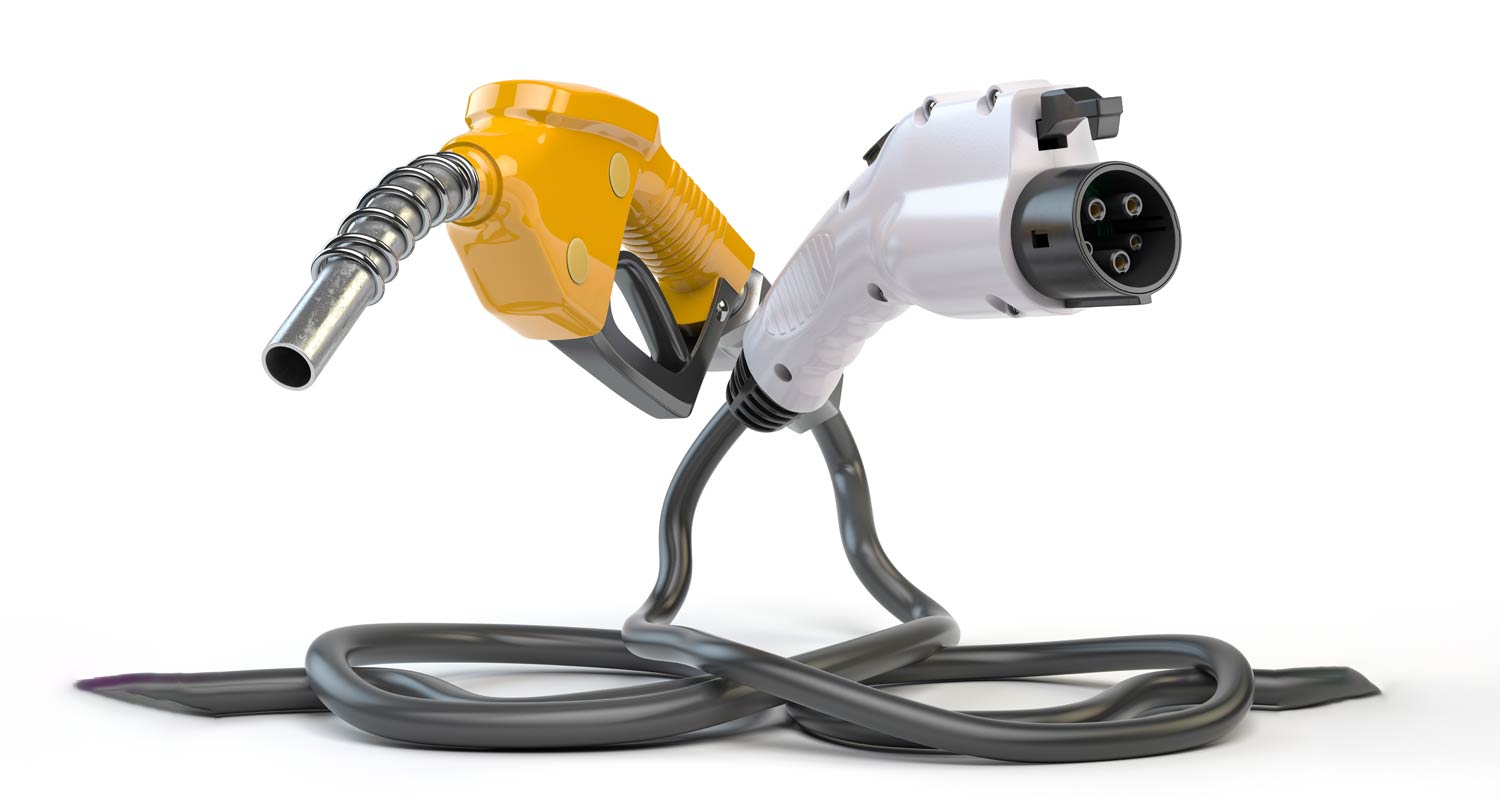 The transportation business is a number one contributor to international warming, putting immense strain on it to transition from unsustainable operations according to the Paris Settlement’s emission discount targets for 2050.
The transportation business is a number one contributor to international warming, putting immense strain on it to transition from unsustainable operations according to the Paris Settlement’s emission discount targets for 2050.
This urgency for change is felt in every single place, together with South Africa, which manufactures round 600 000 autos yearly – 60% for export and 300 000 imported, in keeping with figures from the Automotive Enterprise Council (also called Naamsa).
Reworking this business isn’t solely very important for environmental causes but in addition to guard over 140 000 jobs in manufacturing and preserve international competitiveness. The Presidential Local weather Fee’s 2022 report underlines this want, acknowledging dangers and alternatives within the transition towards net-zero emissions.
In November 2023, the division of commerce, business & competitors launched the Electrical Autos White Paper, which outlines a coverage framework supporting the native EV market. This was complemented by an announcement from the finance minister concerning a 150% tax rebate for automotive producers who repurpose or set up new crops for EV manufacturing, making certain South Africa’s relevance on the worldwide automotive stage.
These incentives goal to drive change and safeguard South Africa’s capacity to export autos. A looming risk is the EU’s Carbon Border Adjustment Mechanism (CBAM), requiring EU importers to report carbon emissions from imported items, together with autos. If South African-made autos don’t meet the EU’s emission requirements, we danger shedding an important export market.
Vitality challenges
Nevertheless, South Africa faces vital vitality challenges. Regardless of having considerable renewable vitality assets, the nationwide electrical energy transmission community struggles to harness this clear vitality persistently. The present infrastructure doesn’t successfully transport clear vitality from renewable-rich areas to the automotive hubs in Gauteng and the Japanese Cape. Reliance on coal energy can also be not a viable long-term resolution, undermining the carbon neutrality of potential EV manufacturing.
Consequently, the accountability falls on the automotive giants to develop renewable vitality crops adjoining to their factories whereas retrofitting current operations for EV manufacturing.
The native element manufacturing business, at present adept at supplying inner combustion engine elements, faces a seismic shift in an EV panorama, the place as much as 60% of prices are attributed to the manufacturing of batteries and motors (supply: Naamsa). Sadly, South Africa is ill-prepared for EV battery manufacturing; whereas now we have vital reserves of vital minerals like manganese, the processing and beneficiation sometimes happen in nations like China, making a logistical carbon footprint that compromises our competitiveness in EV manufacturing.
For Africa to ascertain significance within the EV manufacturing market, regional coordination is critical to construct a vital mineral mining and battery manufacturing provide chain. This transition will see South Africa’s element business balancing its assist for each inner combustion engine producers and the rising EV elements market, together with electrical motors and battery elements.

As a substitute of competing immediately with China in EV manufacturing, South Africa ought to search collaboration by way of joint ventures. We at present lack the abilities wanted for large-scale battery manufacturing and refining. We should invite established battery producers, akin to BYD and CATL, to put money into establishing new factories on the continent, permitting native workforces to realize important abilities in high-tech meeting and engineering.
The Automotive Manufacturing and Improvement Programme (APDP2) has the potential to assist native EV manufacturing by offering rebates and customs obligation refunds. Making certain that the APDP2 incentivises producers to initially export extra regionally produced EVs than offered domestically is essential for development. Moreover, South Africa’s free commerce agreements, like Agoa with the US, should be protected to maximise this potential.
Learn extra on this topic:
Moreover, the South African Customs Union is wealthy in minerals essential for EV manufacturing. With the tariffs just lately imposed on Chinese language EV imports by the US and EU, there is a chance for South Africa to place itself as a viable marketplace for surplus Chinese language autos, facilitating mutually helpful agreements.
Establishing an EV process power comprising authorities officers, automotive producers, automotive associations like Naamsa and AAAM, and vitality consultants can guarantee balanced demand stimulation and provide incentives, fostering a vibrant EV market in South Africa.
Watch a current interview with Greg Cress on the TechCentral Present:
A needed reform is updating the advert valorem luxurious tax, which has remained unchanged for practically three a long time. At the moment, even entry-level autos priced at R250 000 are subjected to this tax. A recalibration would make EVs extra financially accessible to the amount market, stimulating native demand. Moreover, quickly lifting import duties on EVs may catalyse consumption and encourage producers to put money into native manufacturing.
At current, most EVs are priced above R500 000, constraining the market. To drive native demand and lay the groundwork for a sturdy EV business, we have to goal a worth level of round R400 000 or much less. If we are able to obtain a objective of greater than 5% of recent automotive gross sales being electrical by 2026 – roughly 30 000 annual items – we’ll attain a tipping level that may spur the mandatory infrastructure, together with widespread EV charging stations powered by renewable vitality.
A promising future
It isn’t too late for South Africa to embrace the EV revolution. With the precise insurance policies and selections, the nation can leverage its quite a few benefits to create a thriving automotive business, making certain sustainability and competitiveness. By encouraging home demand over the following 5 to seven years, we are able to appeal to funding and guarantee a vibrant automotive sector extending into the 2030s. Let’s goal for greater than 500 000 EVs on South African roads by 2030, solidifying a sustainable future for our automotive business.
- The creator, Greg Cress, is Africa principal director of automotive and e-mobility at Accenture